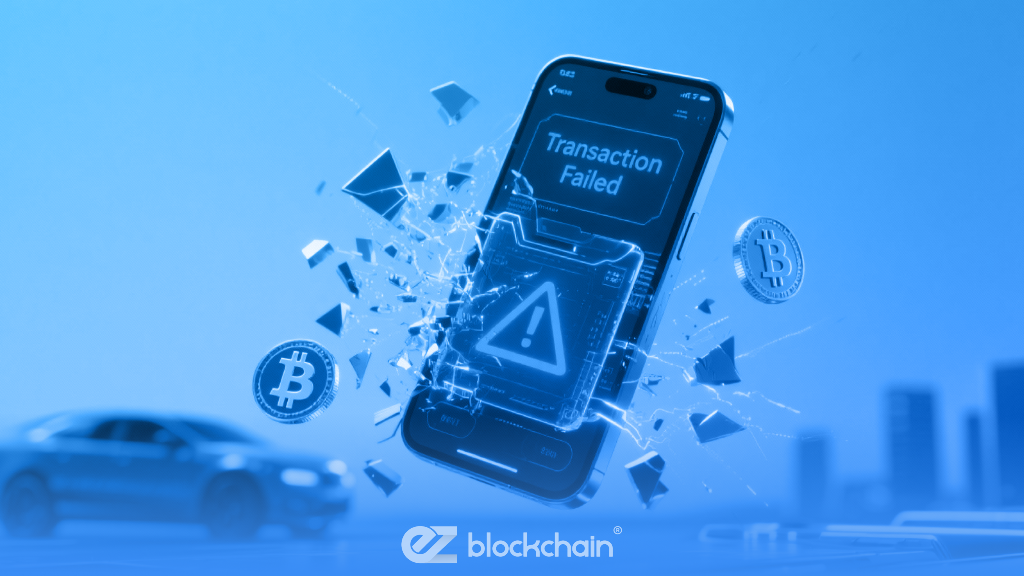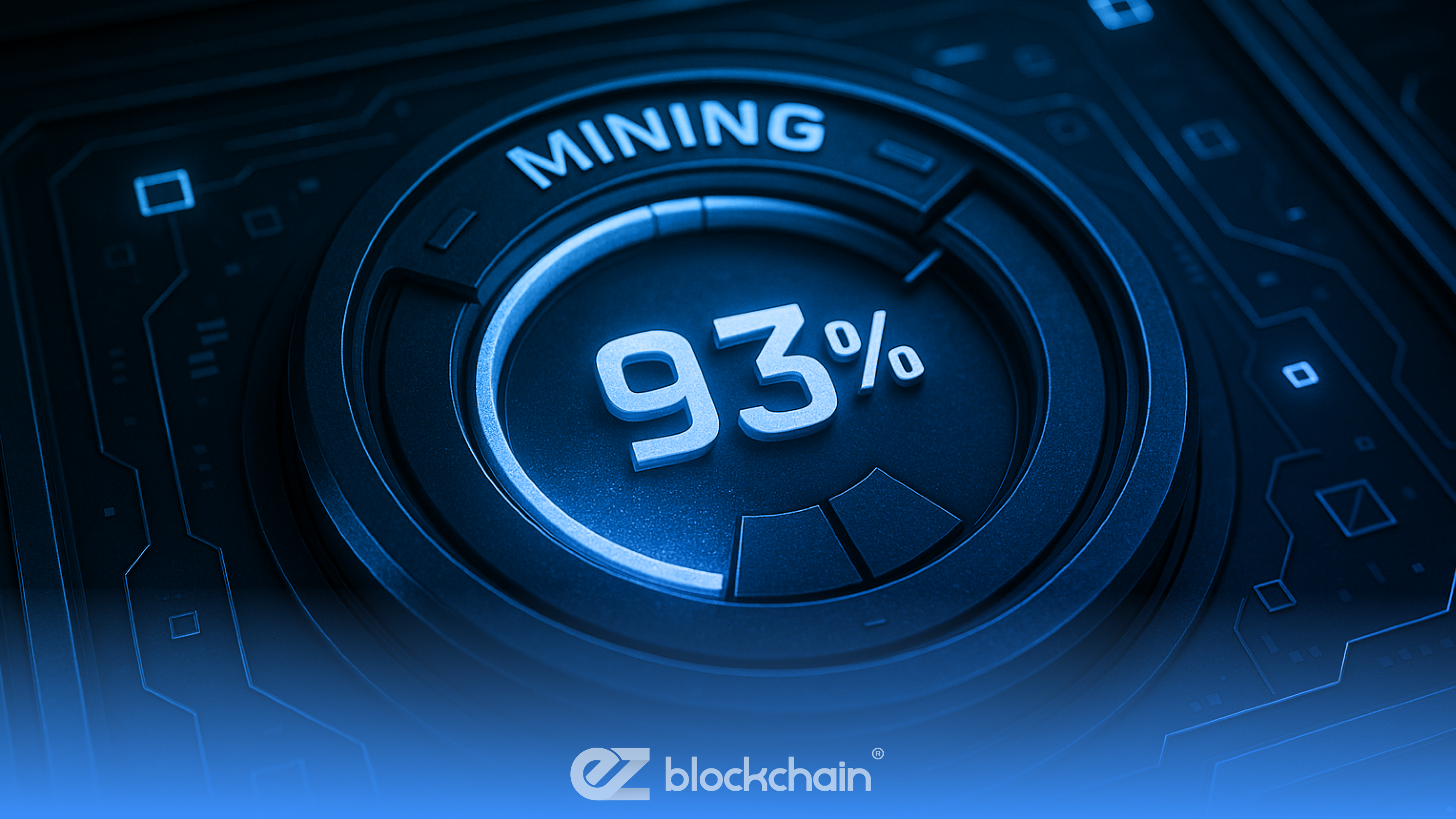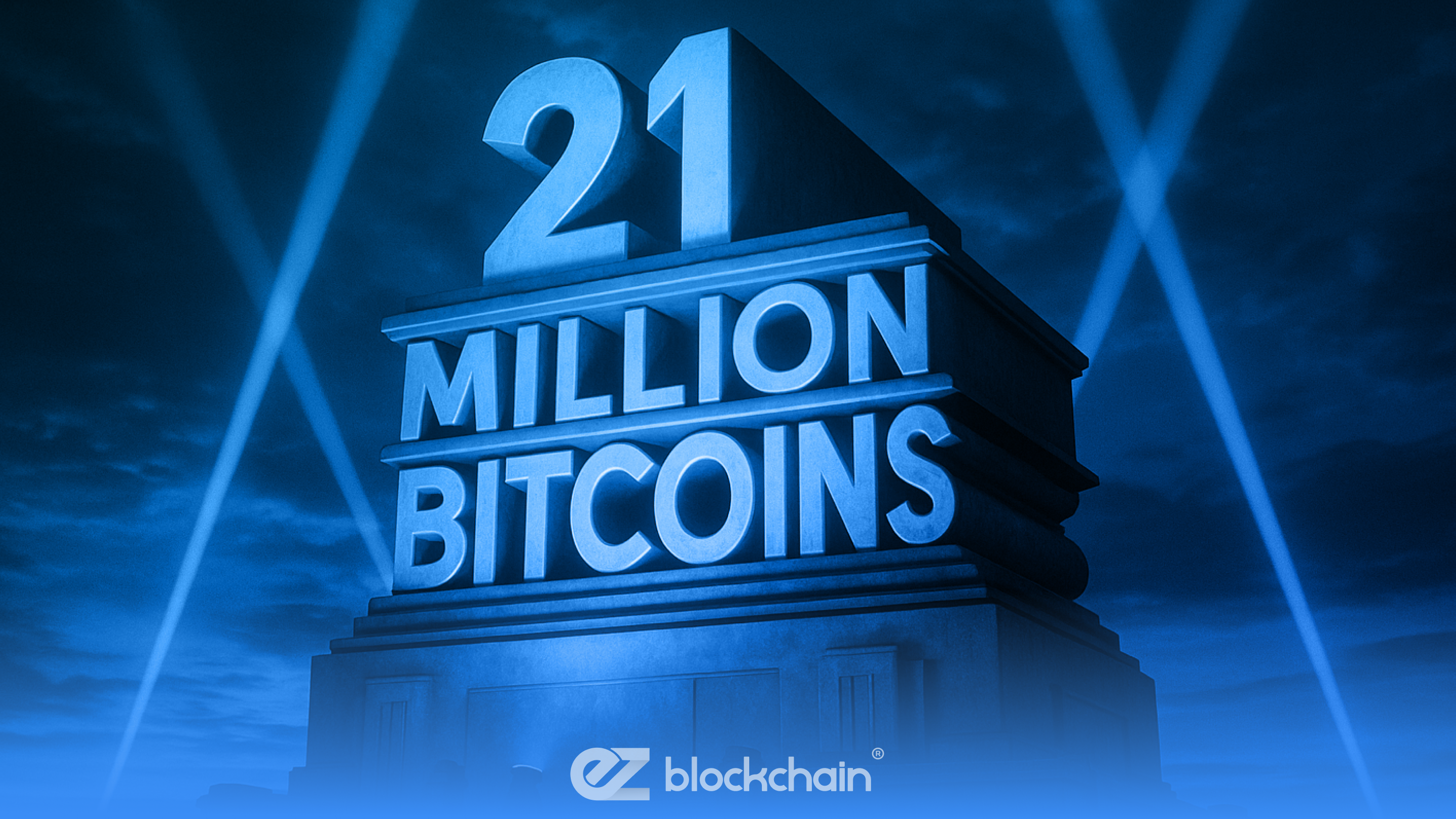Stay up to date with the latest news, announcements, and articles.
- What Is Bitcoin Mining and How Does It Work?
- Can You Really Mine Bitcoin at Home in 2025?
- What Equipment Do You Need for Home Mining?
- ASIC Miner
- GPU
- Additional stuff
- How Profitable Is Home Bitcoin Mining?
- Factors That Affect Profitability
- Power expenses
- Bitcoin price and rewards
- Network difficulty
- Hardware efficiency
- Pool fees, payout method, and latency
- Is It Legal and Safe to Mine Bitcoin at Home?
However, with today’s availability of ASICs, mining pools, and hosting services, you can easily set up a home Bitcoin mining farm and expect a decent scale of operation. If you know what you’re looking for, there are options that should fit different budgets and operational ambitions.
Where to start? This article highlights the essentials that should give you a clearer idea — whether to start mining Bitcoin and which income-shaping factors to consider.

What Is Bitcoin Mining and How Does It Work?
You dedicate your miner’s computing power to completing on-chain math problems → This helps validate transactions in the chain, keeping the network stable → The blockchain rewards the first miner to solve a problem → The competition keeps going
The concept of “mining” cryptocurrency coins, like Bitcoin, relies on the network competition. Miners are powerful computers (like ASICs) that race at a high hash rate to solve complex mathematical problems at the core of encrypted blocks. Each problem solved helps validate an on-chain transaction and keep the entire blockchain stable and running.
The first miner to solve the problem earns a block reward for their effort plus any transaction fees in that block. The block reward is currently at 3.125 BTC, slightly lower after the April 2024 halving. The mining principle makes the whole thing collective and very community-driven.
Which means there’s no good reason why you can’t join in by getting your own Bitcoin mining machine for home.
Can You Really Mine Bitcoin at Home in 2025?
Yes, it is still absolutely viable, with a big promise of profits, potentially growing higher still alongside the success of coins like BTC. But in order to reach them, you first need a reality check — would you be able to cover the electricity bills before profits actually start kicking in? Are you ready for the niche competition?
These are the two major questions to clarify at the very beginning:
- High electricity costs, which can range $0.20–$0.30 per kWh for residences, will eat into your crypto earnings quickly. Unless you have ultra-cheap power, this is where it’s important to balance uptime, profitability, and maintenance.
- The difficulty of the chain, which stimulates the mining competition and grows constantly, after every other halving event. This is why, if you’re only starting out, solo mining is nearly impossible to maintain — the best option is to join a mining pool.
All in all, your Bitcoin home mining venture can work quite well if you have access to very low electricity costs (ideally under $0.08–$0.10/kWh), an up-to-date ASIC, and realistic financial goals.
However, for solo and home mining, you should consider an ASIC hosting, good mining pool, and/or colocation services. But let’s go from the top — first, you need hardware for your Bitcoin mining home setup.
What Equipment Do You Need for Home Mining?
To start mining from home, you’ll need the following set of tools and devices:
ASIC Miner
ASICs are pre-optimized for BTC mining, high-hashrate machines, which are considered perfect home Bitcoin mining devices. Namely, due to their compact design, simple tuning, and intense operational capacity. If you figure out how to maintain an ASIC (or just turn to a hosting provider), you won’t need anything extra, and it can be scaled in the future.
If you’re ready to purchase one, top-end models like Antminer S21 Pro or Whatsminer M60s+ (with specs 200–300 TH/s, 15–20 J/TH) will cost you between $3K–$5K. Older or smaller models (like Antminer S19) may be cheaper and less efficient, but still totally viable for a certain scale of operations.
GPU
The only mining-ready devices apart from ASICs are GPU-based miners. There used to be no alternative to GPU mining just a couple of years ago — GPUs were the only available “power cores” that enthusiasts used for running their mining rigs. With the advent of ASICs, however, everything changed.
While GPU miners can still be used to mine certain altcoins, at a considerably lower scale of operation and hashrate throughput, they simply cannot compete with ASICs. One big reason is that GPUs can’t mine Bitcoin.
So if you have BTC in sight, go for an ASIC.
Additional stuff
- Power Supply Units (PSU)
You’ll need reliable PSUs that can sustain 3,000 W and higher. Look for the 80+ Gold standard or better, with a buffer margin. Expect to spend $50–$300.
- Cooling systems and noise control
ASICs generate a ton of heat, which can make a room feel like an oven, and noise — 70–90 dB. So, for a serious setup, you may want to consider some extra fans ($50–$500), soundproofing ($100–$1,000), and immersion cooling (up to $10,000).
- Internet and Software Requirements
You’ll need a stable wired connection to mine and keep connected with your pool of choice. Use mining software like CGMiner, BFGMiner, or manufacturer firmware.

How Profitable Is Home Bitcoin Mining?
Depending on your hardware’s hashrate, uptime, and overall efficiency, you can expect to yield varying ranges of profits. With the final profitability being the main goal, it’s important to know which factors exactly influence and shape your home mining Bitcoin income.
Let’s go through each factor, see how it affects your profitability math, and how it can be tweaked to free up the profits margin.
Factors That Affect Profitability
Power expenses
The single biggest driver of the profit-hampering costs are the power bills generated by an ASIC miner. Electricity is almost always expensive, and you need to pay for it continuously, making it a consistent article of mining budget expenses. And even top-end hardware becomes unprofitable if your kWh price is too high.
Energy cost = (miner power draw in kW) x (hours run per day) x (kWh price)
For small miners, the power draw may simply eat half or more of total revenue.
Tips:
- Use the miner during cheaper hours of use;
- Consider hosting options and colocation to pay at utility-scale rates;
- Improve cooling efficiency to reduce extra HVAC power draw.
Bitcoin price and rewards
Your reward for successfully mining out a block is that block’s subsidy + fees. If you mine Bitcoin, your revenue is denominated in BTC. You can then convert to fiat at market price. This is why it’s important to stay in tune with the price dynamics of the coin you mine. Spike and drops can change block rewards and profitability dramatically.
Gross revenue ≈ (your share of network blocks) x (block reward + transaction fees) x (BTC price)
When the BTC price falls, home Bitcoin mining setups with tight income margins get especially impacted.
Tips:
- Decide whether it’ll be more profitable for you to sell the mined BTC immediately or hold it (i.e., consider hedging vs. stacking);
- Try to think through and plan for several BTC-price scenarios in the context of expected overall ROI.
Network difficulty
Different cryptocurrency networks have different total network hashrates, which results in varying degrees of competition and overall mining difficulty. Even the pools you join for collective, spread-over mining have varying hashrate demands. As more hashpower joins the network, your chance of finding a block falls, unless you scale up. The difficulty in crypto chains adjusts about every 2,016 blocks — roughly every two weeks.
Your expected rewards scale roughly with (your hashrate / total network hashrate).
When the network’s total hashrate rises, expected income per TH/s falls.
Tips:
- Use up-to-date difficulty forecasts to project future earnings;
- Join a mining pool to smooth payouts instead of attempting solo mining.
Hardware efficiency
Watch your ASIC’s J/TH or W per TH. This is the reflection of its overall efficiency, i.e., how much electricity the home Bitcoin mining machine consumes to produce a unit of hash. Note that newer ASICs tend to produce much more hash per watt than older models.
Power cost per day = (hashrate / efficiency) × (kWh price) × hours. Better J/TH → lower cost per mined BTC.
Use the most efficient miner you can afford to reduce power-driven costs.
Tips:
- Compare efficiency specs before buying an ASIC;
- Consider resale value of hardware and calculate its depreciation.
Pool fees, payout method, and latency
The pool you choose to join also shapes your crypto income. You may need to cover pool fee percentage, payout thresholds, and propagation. However, the pool-based options are very flexible, and you can indulge in variance-reducing payout methods, like Pay-Per-Share (PPS), Pay-Per-Last-N-Share (PPLNS), and the hybrid PPS+.
Tips:
- Compare fee structures and payouts on different pools;
- Only use pools with transparent stats and good reputations.

Is It Legal and Safe to Mine Bitcoin at Home?
The last ultimate question that may worry you before setting off mining is the legality of home mining. The situation differs geographically. A lot also depends on how much income you make and your compliance efforts.
Q: Is home BTC mining legal?
A: Home crypto mining is legal in most countries, yes, but check local electricity regulation, zoning, and tax laws. Some areas may restrict mining due to energy demands and tax it additionally if huge profits are made regularly.
Other than that, you are absolutely free to start indulging in mining. That is, if you are ready to jump in and start mining. All you need is a good ASIC, a reliable pool, and probably a reputable hosting provider.
Ready to start mining profitably from home? Consult with EZ Blockchain about your next steps, selection of the best hardware for Bitcoin mining home, and hosting services.
Fill out a form and our bitcoin mining expert will contact you.
FREE CONSULTATIONchoose
a miner
profit and
understand data?
business remotely
with EZ Blockchain?
Fill out a form and our bitcoin mining expert will contact you.









